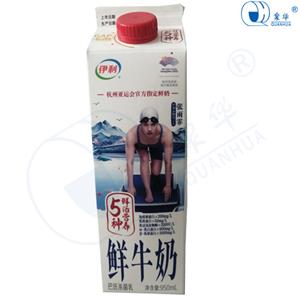Subjective and Objective Evaluation of Printing Quality - Standards and Quality
The printed matter is the result of the reproduction of the image and text, and the combined effect of the original manuscript, materials, equipment, imaging and transfer process and other factors forms the printed image. The vector properties of graphics and text are very important for page description, typesetting and RIP interpretation, especially when outputting objects of different natures such as graphics/text and images, in order to get the most reasonable results. However, the vector properties of graphics and text have become irrelevant to the printed result because these objects lose their vector character once they are transferred to the surface of the paper. Therefore, it is not necessary to distinguish between the dot matrix description and the vector description features of the object when evaluating the printing quality, and it is completely reasonable to think that the printing quality evaluation is equivalent to the printing image quality evaluation (hereinafter referred to as the image quality evaluation).
Quality evaluation is inseparable from standards. If any evaluation technology cannot form standards, its practical value will be greatly reduced. Compared with objective evaluation, the international standardization of subjective evaluation of image quality is an earlier field. On the one hand, it is because the subjective evaluation results vary with the image to be evaluated, viewing conditions and evaluation methods, and on the other hand, it also shows the importance of subjective evaluation to judging image quality.
The variability of subjective evaluation results is reflected in many aspects. Just as an example of the geometry for measuring and viewing the image, densitometers and some spectrophotometers illuminate the test sample at an angle of 45° and measure the reflectance in the 90° direction (called a 45°/90° combination); however The geometry for evaluating image quality is just the opposite, roughly 90° illumination and 45° viewing (called a 90°/45° combination). In a strict sense, only when the measurement geometry adopts the combination of 90°/45°, a good agreement with the evaluation results can be achieved. After computers became an important production tool for printing, the situation became more complicated. Computers worked in a typical dark environment, and the reading environment of printed matter was very different from this. 1. International Standards The main purpose of developing international standards for image quality is to define public evaluation conditions, involving original manuscripts, lighting conditions, measurement methods, reproduction materials and craftsmanship. Due to the early research and standardization activities of image subjective quality evaluation technology, many achievements have been achieved. There are many international organizations (institutions) participating in the development of image subjective quality evaluation standards, such as the International Organization for Standardization, the International Commission on Illumination, the International Communications Federation, and the International Electrotechnical Commission. The standards (directly or indirectly) developed by these international organizations cover various fields of visual products, with a total of more than 30 types.




